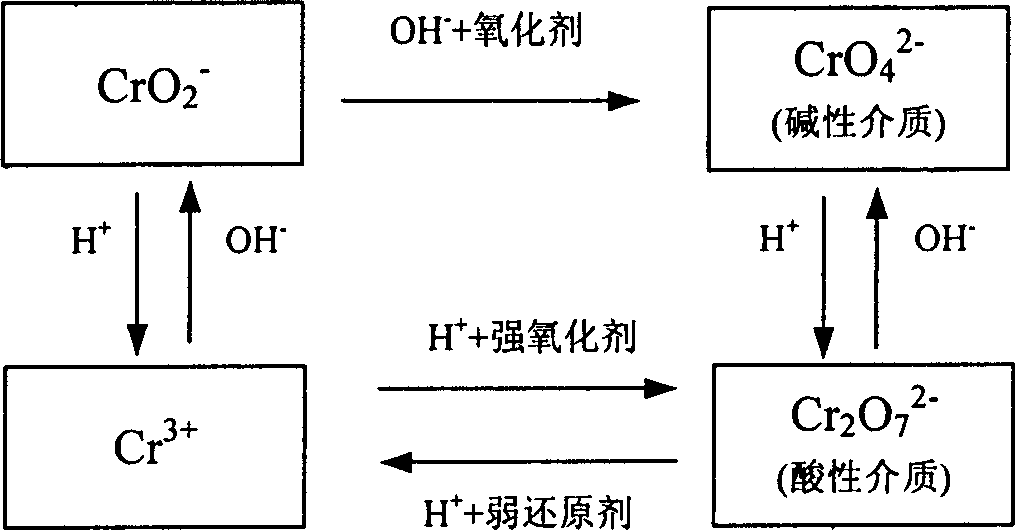Treatment process for reducing content of hexavalence chromate in leather
A treatment method, the technology of hexavalent chromium, applied in the field of tanning, can solve the problems of few fatliquor additives, long-distance practical application, slow alkali-lifting speed, etc., and achieve simple process and operation, wide application range and low treatment cost Effect
- Summary
- Abstract
- Description
- Claims
- Application Information
AI Technical Summary
Problems solved by technology
Method used
Image
Examples
Embodiment 1
[0027] First take sodium thiosulfate and prepare it into an aqueous solution with a mass percentage concentration of 0.5%, then evenly spray the configured sodium thiosulfate solution on a batch (100 sheets) of 15 mg / kg hexavalent chromium with a spray gun. Spray 3 times on the meat surface of the finished brown cowhide shoe upper leather, and finally stack the leather flesh surface sprayed with an aqueous solution of sodium thiosulfate reducing agent on the flesh surface in a normal temperature sheltered environment with a relative humidity of 55-60%. After standing for 2 days, it can be processed according to the subsequent conventional process conditions. No hexavalent chromium was detected in the finished leather.
Embodiment 2
[0029] First take ferrous sulfate and prepare it into an aqueous solution with a mass percent concentration of 1.0%, and then evenly spray the configured ferrous sulfate aqueous solution on a batch (100 pieces) of light coffee with a hexavalent chromium content of 20 mg / kg with a spray gun. Spray 2 times on the meat surface of pigskin clothing leather products, and finally pile up the leather meat surface sprayed with the ferrous sulfate reducing agent aqueous solution in a normal temperature sheltered environment with a relative humidity of 50-55%, and place it in shelter for 5 Days later, it can be processed according to the follow-up conventional process conditions. No hexavalent chromium was detected in the finished leather.
Embodiment 3
[0031] First, weigh sodium sulfite and ammonium ferrous sulfate according to the mass ratio of 2:1, and prepare it into a mixed aqueous solution with a mass percentage concentration of 2.5%, and then spray the mixed aqueous solution of sodium sulfite and ammonium ferrous sulfate evenly on a batch of (100 pieces) The meat surface of the finished black goatskin garment leather with a hexavalent chromium content of 30 mg / kg is sprayed twice, and finally the flesh surface of the leather sprayed with sodium sulfite and ammonium ferrous sulfate reducing agent aqueous solution is stacked on the flesh surface. In a sheltered environment at normal temperature with a relative humidity of 55-65%, place it sheltered from the wind for 7 days, and then treat it according to the follow-up conventional process conditions. The content of hexavalent chromium in the finished leather was detected to be 0.21 mg / kg.
PUM
 Login to View More
Login to View More Abstract
Description
Claims
Application Information
 Login to View More
Login to View More - R&D
- Intellectual Property
- Life Sciences
- Materials
- Tech Scout
- Unparalleled Data Quality
- Higher Quality Content
- 60% Fewer Hallucinations
Browse by: Latest US Patents, China's latest patents, Technical Efficacy Thesaurus, Application Domain, Technology Topic, Popular Technical Reports.
© 2025 PatSnap. All rights reserved.Legal|Privacy policy|Modern Slavery Act Transparency Statement|Sitemap|About US| Contact US: help@patsnap.com

